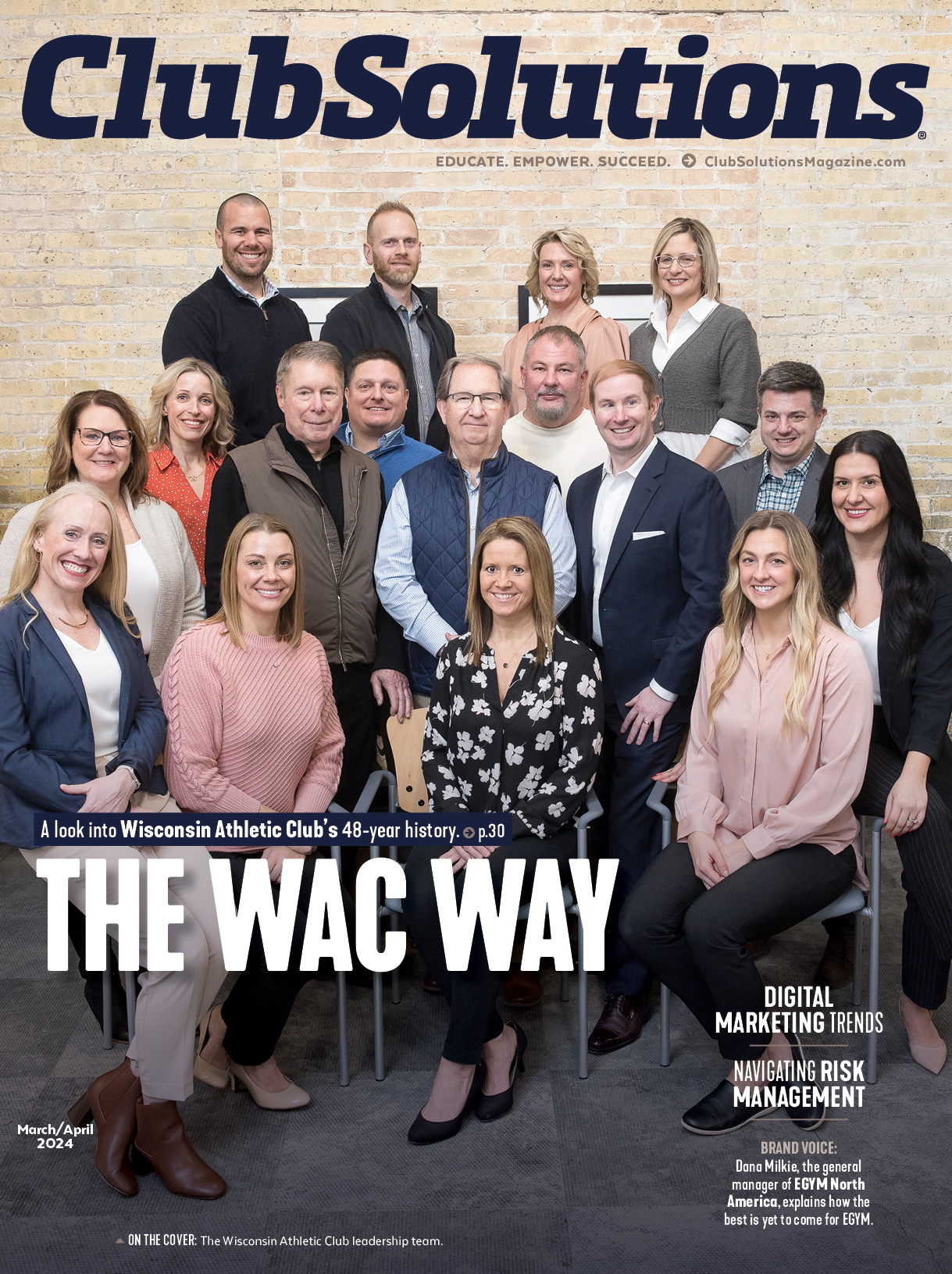As the pandemic continues, Eddie Davila shares the importance of heart health and exercise to reduce the risk of contracting disease.
The coronavirus can impact anyone, and its severity of impact can vary widely, depending on the host. According to the CDC, those with underlying medical conditions are at an increased risk for severe illness from the virus that causes COVID-192. For example, consider your heart health – heart conditions such as heart failure and coronary artery disease (CAD) elevates one’s risk of severe illness from the virus that causes COVID-192.
The heart is a four chambered muscle whose role is to pump blood and nutrients to the body, as well as to itself. During exercise, there is an increase in the recruitment of skeletal muscle. Depending on the type of physiologic load placed on the body (e.g., endurance or strength training exercise), there is a subsequent cardiorespiratory response to the imposed demand. The relative duration and intensity of the exercise load induces other systems such as the cardiovascular, respiratory and endocrine systems to make quick physiological adjustments to meet the demands of the skeletal muscles.
During exercise, there are multiple biochemical pathways that are used to provide energy for movement (i.e., continued muscle contractions). Generally, when the relative exercise intensity is high enough, energy is provided through anaerobic glycolysis. Overtime, hydrogen ions from lactic acid, created as a metabolic byproduct, leads to muscle fatigue and a decrease in blood pH. This drop in pH is detected by chemoreceptors (specialized neurons) in the aortic arch and carotid arteries which send signals to the brain stem to increase breathing rate and depth of breathing.
At the same time, these neurons send signals to the medulla oblongata to tell the brain to decease parasympathetic nervous activity and increase sympathetic nervous system activity. Sympathetic nervous system innervation signals the adrenal glands to release epinephrine which makes heart rate and cardiac contractility increase. This, in turn, leads to more forceful and quicker contractions, as well as more blood pumped out of the heart each minute (Cardiac Output). This is an example of an acute cardiac response to exercise.
With regular or chronic exercise, the cardiac system adapts by becoming more efficient. Overtime, the heart muscle hypertrophies (grows) while heart rate decreases at rest and during submaximal workloads. Both endurance training (volume overload) and strength training (pressure overload) have been shown to induce physiologic cardiac remodeling adaptations3.
While long-term endurance training may lead to hypertrophic changes and more efficient cardiac performance, resistance training leads to an increase in left ventricular wall thickness with no increase in left ventricular volume1. Although strength training may not induce a change in cardiac function, overall perfusion to the skeletal muscles is higher due to the enhanced cross-sectional area1,3.
Overall, exercise performed overtime can induce favorable physiologic adaptations to heart health and the skeletal muscles, as well as many other body systems. Exercise, as well as and other healthy lifestyle behaviors, will continue to be at the forefront of managing or warding off the development of hypokinetic-related diseases, improved immune function and improved psychological well-being. Furthermore, mitigating or reversing the impact of underlying medical conditions such as CAD may have positive impacts on the severity of illness from other illnesses such as COVID-19.
- Brooks, GA., Fahey, TD., and Baldwin, KM. “Exercise Physiology: Human Bioenergetics and Its Applications.” 4th ed. McGraw-Hill. New York, New York. 2005.
- CDC, Coronavirus Disease.
- Vega RB., et al. Molecular mechanisms underlying cardiac adaptation to exercise. Cell Metab. 25, May 2, 2017.











